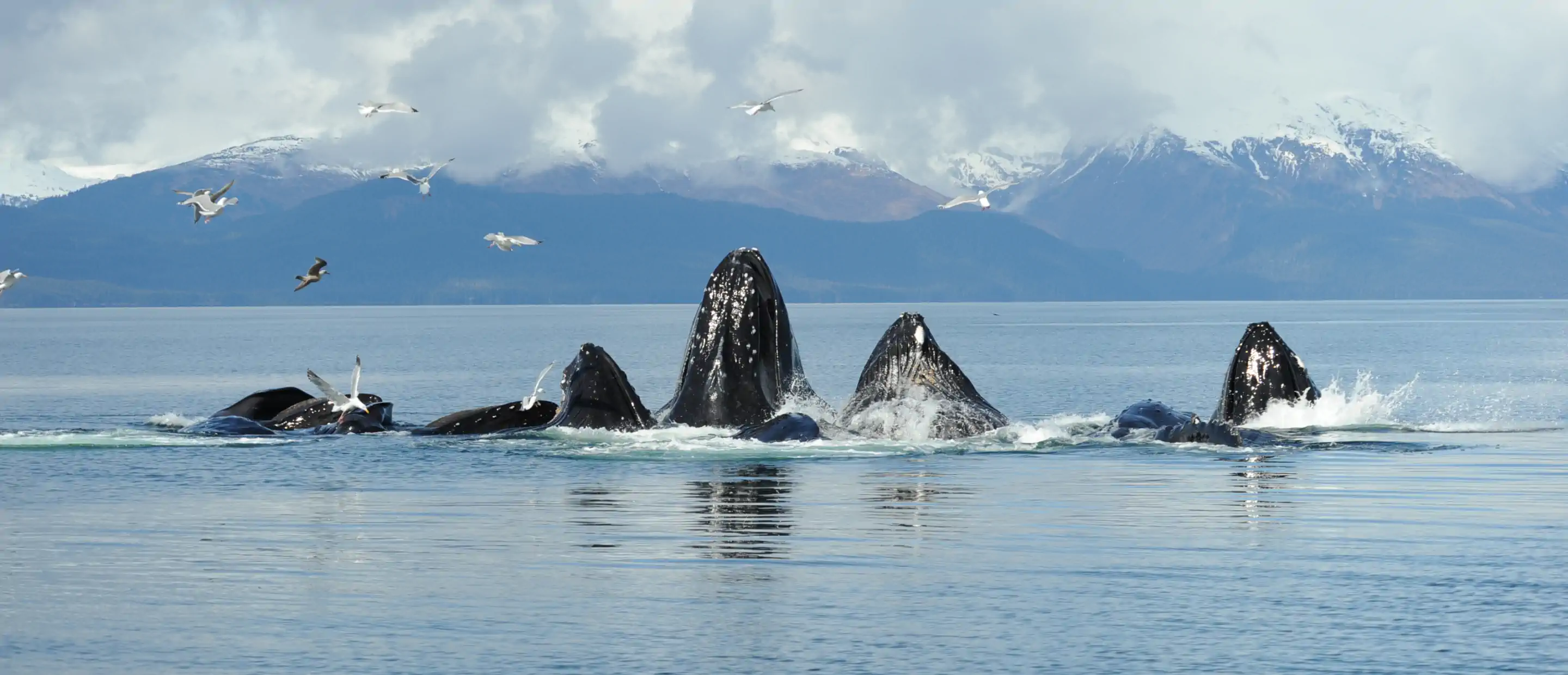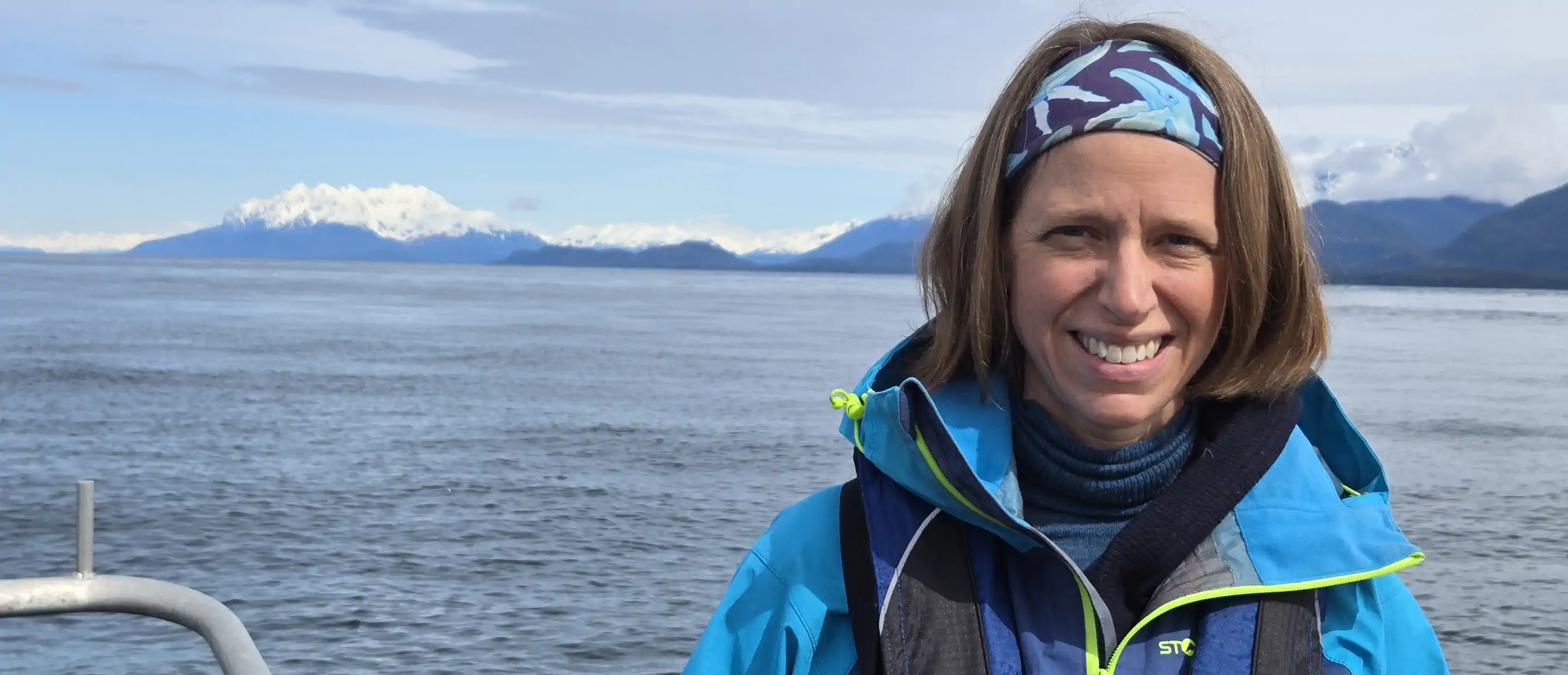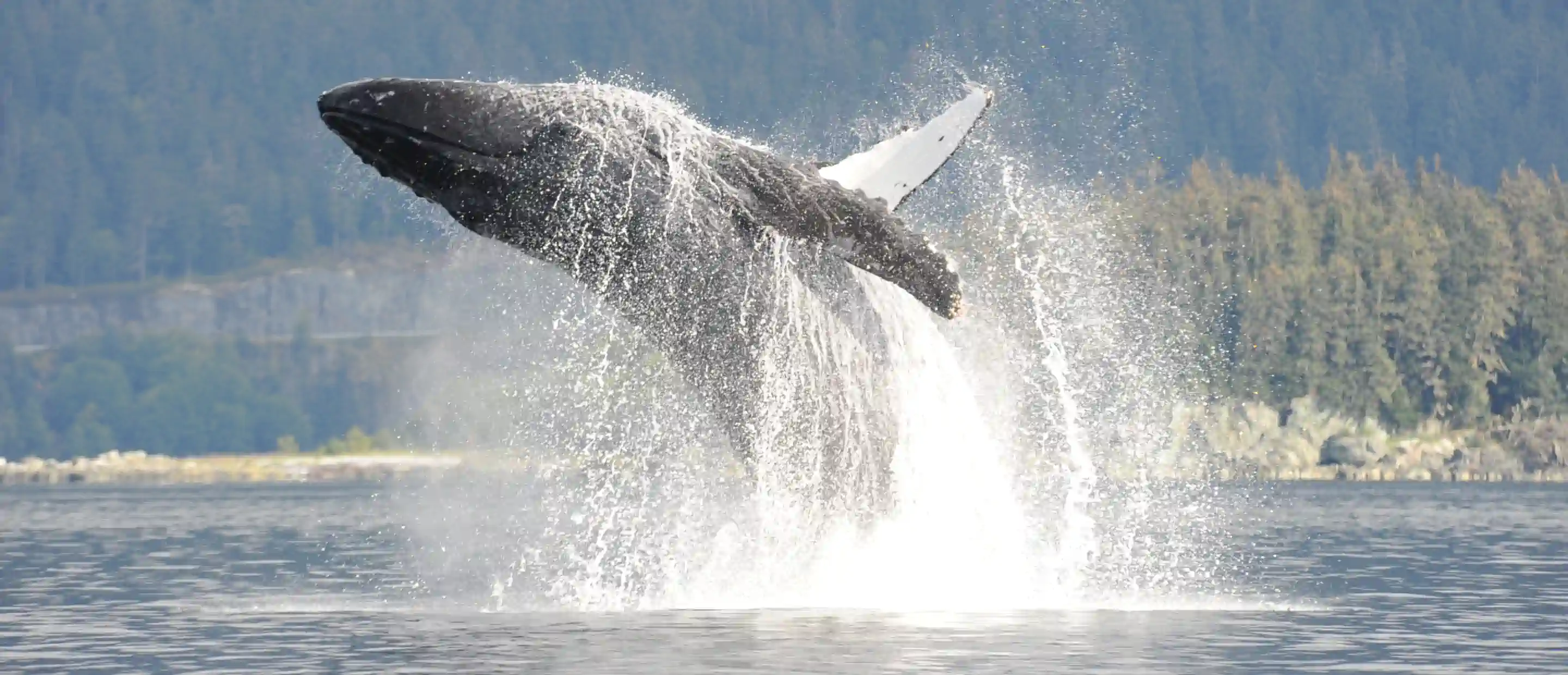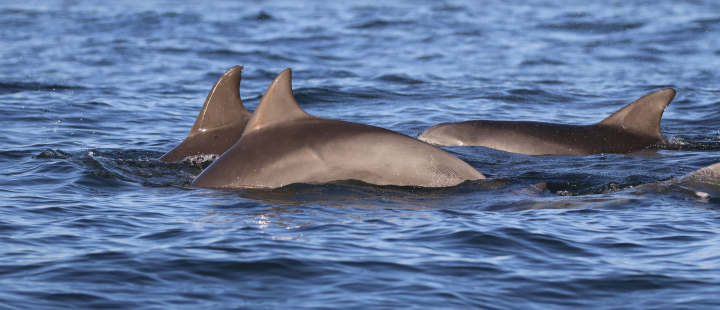Alaska has extraordinary biodiversity, spread across multiple marine and coastal habitats. Getting more information on this biodiversity is important. It can help us understand the impact of climate change. It can also help us better manage existing resources, for example through commercial fishing.
So Alaska was an obvious next stop in Deutsche Bank Private Bank’s ongoing programme of eDNA sampling. Last year we also surveyed waters off Bermuda and New York, and you can read the full report of our findings from these two locations here.
Alaska eDNA sampling was done close to Juneau, a place where the forces of nature and human activity come face to face. The city is surrounded by glaciers and, as climate patterns shift, these are melting – altering the salinity and composition of seawater and thus the food chain, including what humpback whales eat. The local economy heavily relies on both the extraction of natural resources and tourism (with glaciers and whale-watching both major draws). Striking a sustainable balance between these two is therefore essential for the region’s future.
eDNA uses samples from water, solid or other environments (the “e”) to look for evidence of species’ presence. For water, sampling is easy to do. Scientists or non-experts simply fill five-litre water bottles, which are tested later in onshore laboratories for species’ eDNA. Sampling results therefore provide a snapshot of what exactly lives in or around the ocean – something that it is very difficult to do by conventional methods.
In Alaska, samples were taken by Heidi Pearson from our project partners at the University of Alaska Southeast. Water was taken from locations not far off-shore – inlets surrounded by mountains. The samples revealed evidence of 21 species (including those identified at a broader, genus level).
These included a wide range of fish, birds and mammal species, from the small (e.g. tidepool sculpin) to the massive (humpback whales). Reassuringly, there were no recorded invasive species in the samples taken.
The high level of diversity in one sample area, a known humpback whale feeding hotspot, was particularly interesting. This eDNA sample appeared to show a self-reinforcing process in action. Species diversity attracts humpbacks to this area, and the effects of their feeding then attract other species: nature at productive work.
“It was so exciting to see the rich biodiversity of Alaska’s waters reflected in the eDNA samples” says Heidi. “I have been studying humpback whales in the Juneau area for the past 12 years and these results reinforce why humpback whales return each year to feed. eDNA can help us to better monitor these waters to assess the effects of climate change and other human-induced stressors.”
Where next for Deutsche Bank’s eDNA sampling programme? We’re planning more sampling in the waters off Sydney, San Francisco and New York over coming months, with more locations to be revealed later in 2025.
Knowledge is the key to understanding how the Ocean works and how to protect it. The use of eDNA provides a small but potentially significant contribution to this knowledge. That’s why Deutsche Bank is proud to help showcase this technology in action.
First and below photo taken under NMFS ESA/MMPA Permit No. 14122, © Heidi Pearson.
Middle photo of Heidi Pearson © Chris Pearson.





